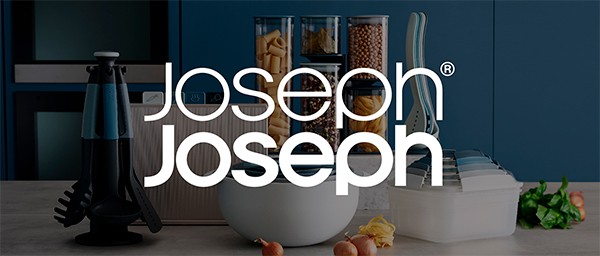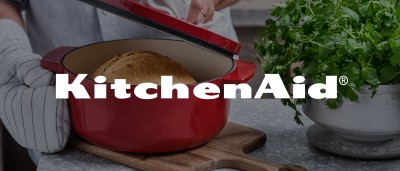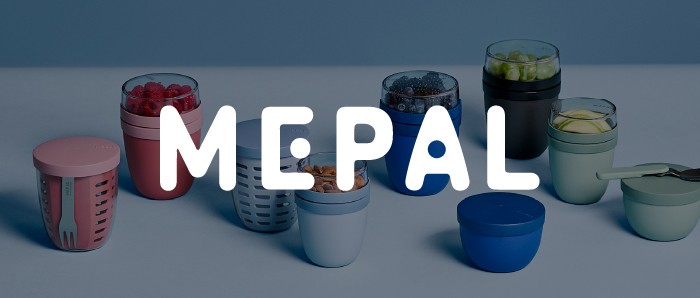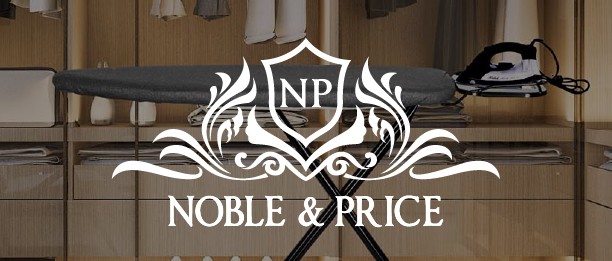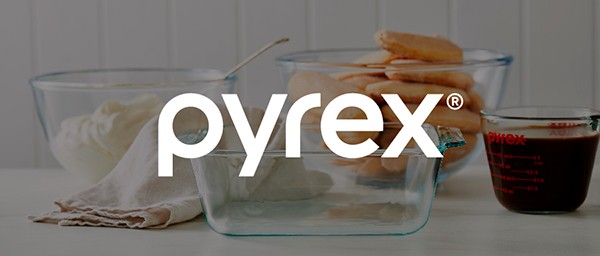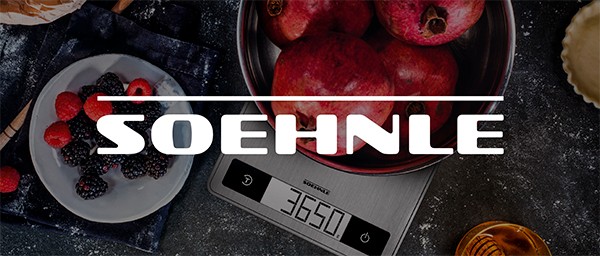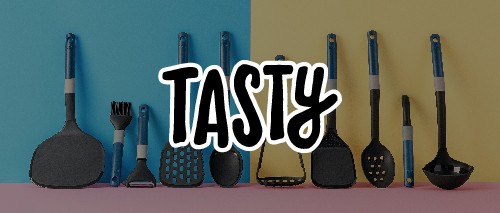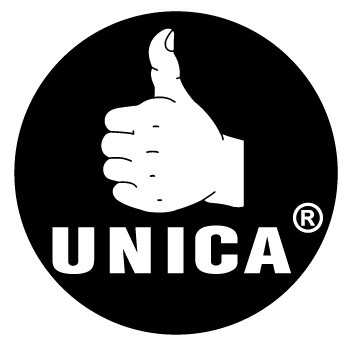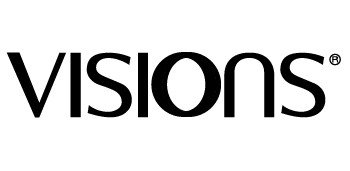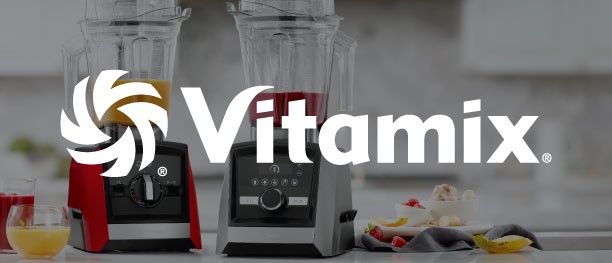How To Build A Muscle At Home For Beginners


Professional 5 In 1 Hair Dryer Brush Dryer And Straightening Brush Electric Hair Styling Tool Automatic Hair Curler Beauty Supplies Gadgets
Gift Tree
Approx $120.22 USD


WinterLuxe Casual Jacket
Gift Tree
Approx $60.10 USD
Normally: $199.99
Normally: $199.99
How to Build Muscle at Home for Beginners – The Ultimate Guide for Kiwis
Introduction
Building muscle at home is more accessible than ever, even for beginners in New Zealand. Whether you lack time for the gym, prefer working out in privacy, or want to save money, this guide will show you everything you need to develop strength and muscle from the comfort of your home. With the right approach, equipment, and nutrition, you can achieve impressive results without stepping into a gym.
Why Build Muscle at Home?
Exercising at home provides several benefits, especially for beginners:
- Convenience: No need to travel to a gym.
- Cost-Effective: Avoid expensive memberships and invest in home-friendly equipment.
- Privacy: Train at your own pace without feeling self-conscious.
- Flexible Schedule: Work out whenever it suits you.
With a structured plan, dedication, and the right knowledge, you can make significant muscle gains without gym access.
Essential Principles of Muscle Growth
To build muscle effectively at home, you must understand these key principles:
1. Progressive Overload
This means gradually increasing the difficulty of your workouts by adding weight, reps, or sets over time. Without progressive overload, muscle growth stalls.
2. Proper Nutrition
Muscle-building isn’t just about exercise. Nutrition plays a crucial role. Your diet should include:
- Protein: Essential for muscle repair and growth (chicken, fish, eggs, legumes).
- Carbohydrates: Fuel for your workouts (brown rice, oats, potatoes).
- Healthy Fats: Supports hormone production (avocado, nuts, olive oil).
3. Recovery & Rest
Muscles grow when you rest, not during workouts. Prioritize sleep (7-9 hours) and allow muscle groups time to recover between sessions.
4. Consistency & Discipline
Home workouts require motivation. Stick to a routine and track progress.
Best Home Exercises for Muscle Building
You don’t need fancy gym equipment to get strong. Here are the most effective exercises using body weight and minimal equipment:
Upper Body Workouts
Push-Ups
- Targets chest, shoulders, and triceps.
- Variations: Wide, diamond, decline, incline push-ups.
Dips (Using a Sturdy Chair or Parallel Bars)
- Strengthens triceps and shoulders.
- Keep elbows close to your body for maximum activation.
Pike Push-Ups
- Builds shoulder and upper chest muscles.
- Mimics a handstand push-up movement.
Pull-Ups (Using a Doorway Bar or Resistance Bands)
- Develops back and biceps.
- Alternative: Resistance band lat pulldowns for beginners.
Lower Body Workouts
Bodyweight Squats
- Engages quads, hamstrings, and glutes.
- Keep back straight and go deep for full activation.
Lunges
- Enhances leg strength and balance.
- Variations: Forward, reverse, and lateral lunges.
Step-Ups (Using a Sturdy Bench or Box)
- Great for glute and quad development.
- Adds a cardio element when performed at high intensity.
Calf Raises
- Strengthens calf muscles.
- Can be done on stairs for a deeper stretch.
Core Workouts
Planks
- Engages entire core for stability and endurance.
- Variations: Side planks, forearm planks, dynamic planks.
Leg Raises
- Strengthens lower abs.
- Perform slow, controlled movements for best results.
Bicycle Crunches
- Works obliques and upper abs.
- Keep movements controlled for optimal engagement.
Best Home Equipment for Muscle Growth
Though bodyweight exercises are effective, adding resistance boosts results. Consider:
- Dumbbells: Adjustable dumbbells are space-efficient and versatile.
- Resistance Bands: Great for progressive overload and injury prevention.
- Pull-Up Bar: Fits most doorways and allows upper body strength development.
- Kettlebells: Perfect for dynamic movements like swings and squats.
Creating a Home Workout Plan for Beginners
A well-structured plan prevents plateaus and ensures progress. Try this:
Day 1: Upper Body & Core
- Push-ups: 3 sets of 12 reps
- Dips: 3 sets of 10 reps
- Pull-ups (or resistance band rows): 3 sets of 8 reps
- Bicycle crunches: 3 sets of 20 reps
Day 2: Lower Body & Cardio
- Squats: 3 sets of 15 reps
- Lunges: 3 sets of 12 reps (each leg)
- Step-ups: 3 sets of 10 reps (each leg)
- Calf raises: 3 sets of 20 reps
Day 3: Rest or Active Recovery
- Light stretching or yoga.
Day 4: Upper Body & Core (Different Variations)
- Pike push-ups: 3 sets of 10 reps
- Resistance band rows: 3 sets of 12 reps
- Hanging leg raises (or lying leg raises): 3 sets of 15 reps
Day 5: Lower Body & Explosiveness
- Jump squats: 3 sets of 12 reps
- Bulgarian split squats: 3 sets of 10 reps
- Deadlifts (with resistance bands or weights): 3 sets of 10 reps
Day 6: Full Body & Cardio
- Burpees: 3 sets of 15 reps
- Mountain climbers: 3 sets of 30 seconds
- Planks: 3 sets of 1-minute holds
Day 7: Rest & Recovery
- Foam rolling, stretching, or walking.
Nutrition Tips for Maximum Muscle Growth
For optimal results, your diet should support muscle recovery and growth:
- Protein Intake: Aim for 1.6-2.2g of protein per kg of body weight.
- Caloric Surplus: Eat slightly more calories than you burn.
- Hydration: Drink at least 2-3 liters of water daily.
- Whole Foods: Prioritize lean meats, whole grains, fruits, and vegetables.
Common Mistakes to Avoid
- Skipping Warm-Ups: Always prepare muscles with dynamic stretches.
- Poor Form: Incorrect execution leads to injuries.
- Inconsistency: Results come with time; don’t give up too soon.
- Ignoring Recovery: Muscles need rest to grow.
Conclusion
Building muscle at home is absolutely possible with the right approach. Whether you're in Auckland, Wellington, Christchurch, or anywhere in New Zealand, you can start seeing results by following this structured plan. Stay consistent, eat well, and track your progress.
Enter your content here
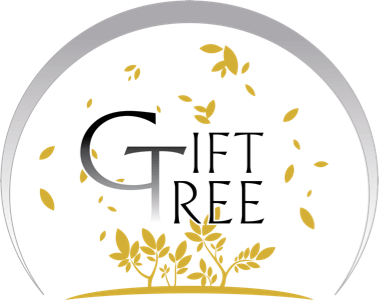

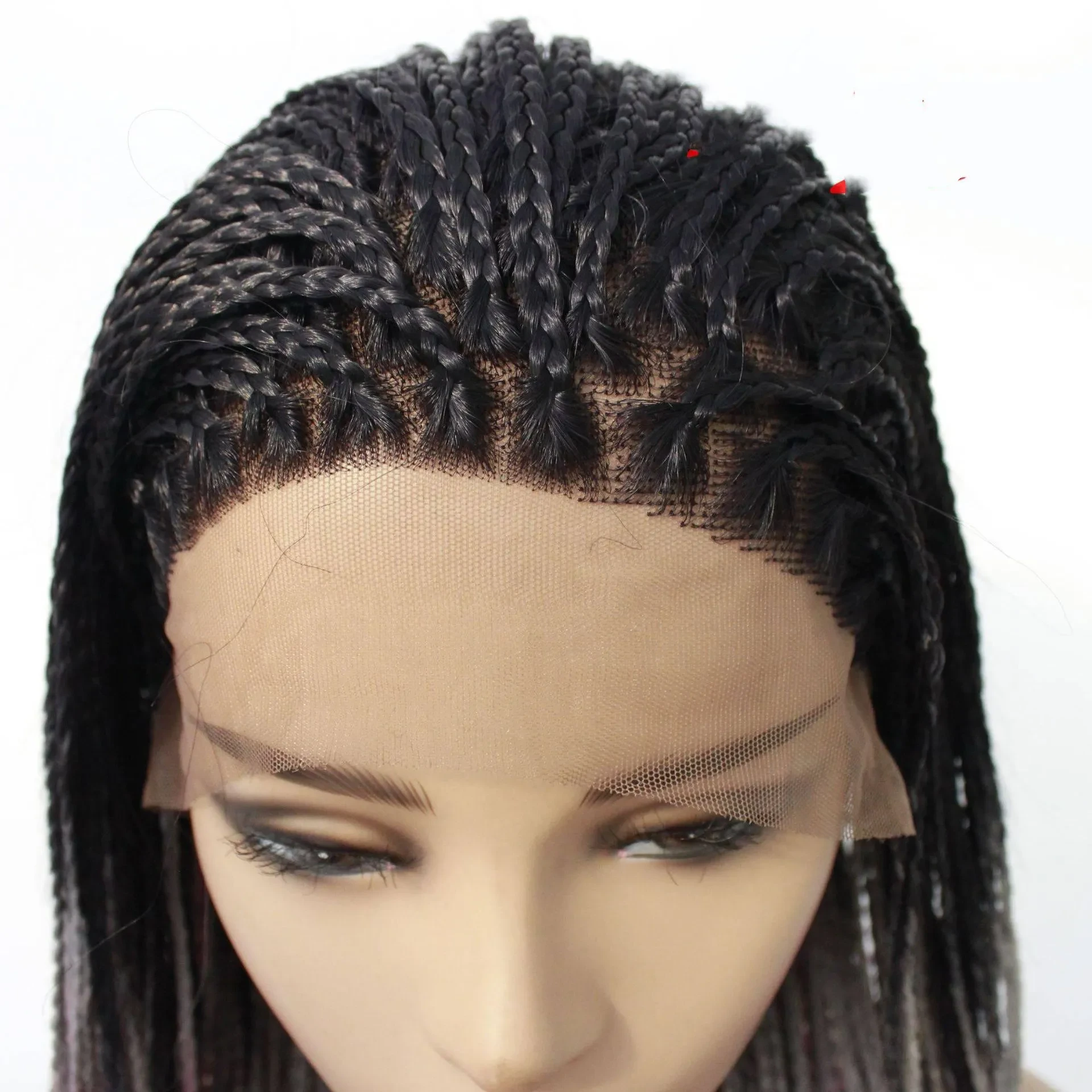


.jpg)








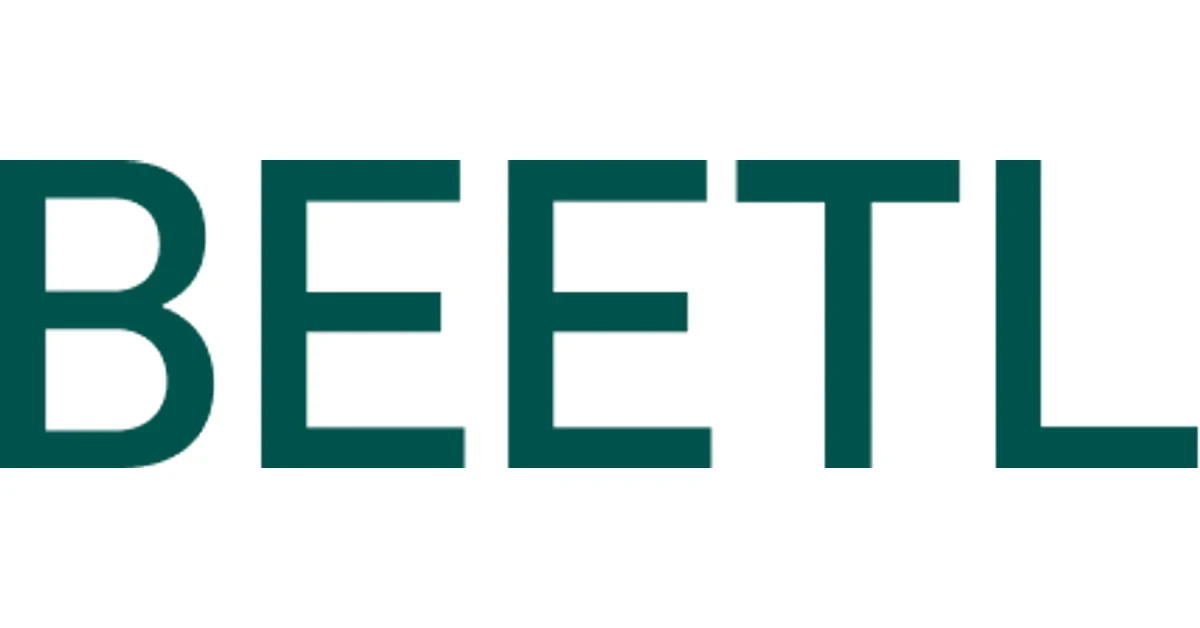
.jpg)


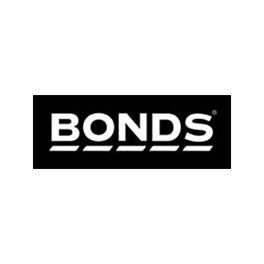
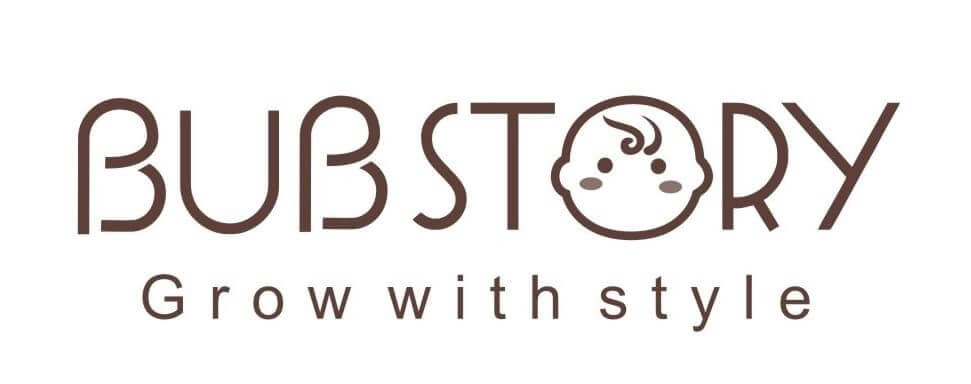

.jpeg)





.jpeg)



.jpeg)








.jpeg)



.jpeg)

.jpeg)
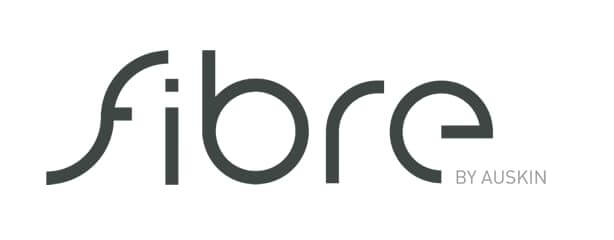
.jpeg)

.jpeg)


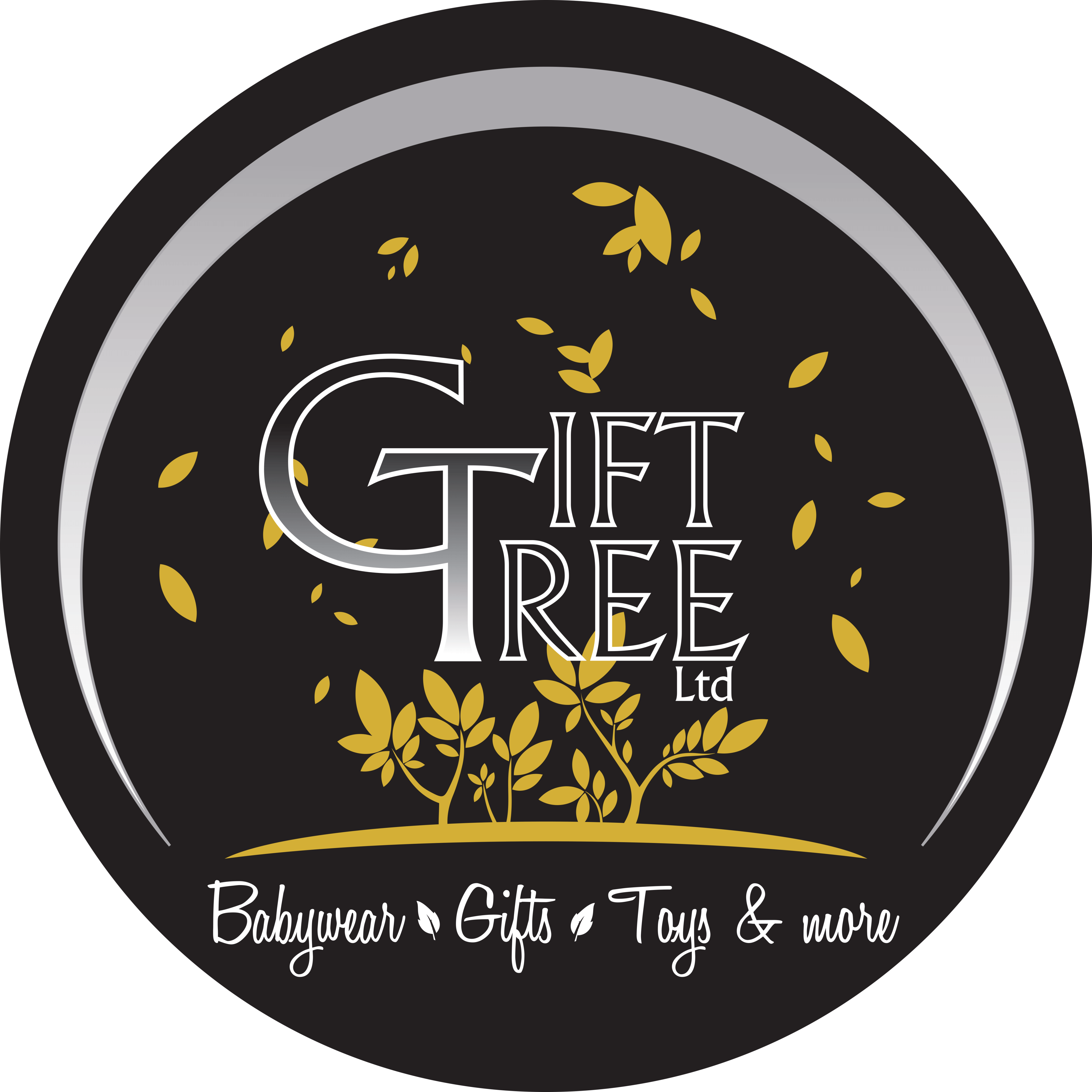

.jpeg)
.jpg)

.jpeg)






.jpeg)
.jpeg)


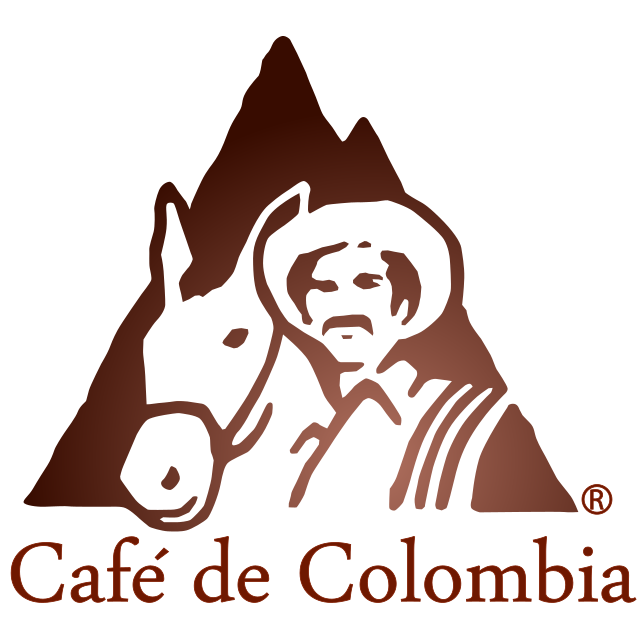

.jpeg)


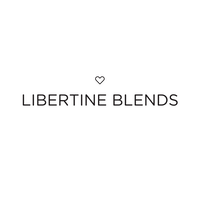
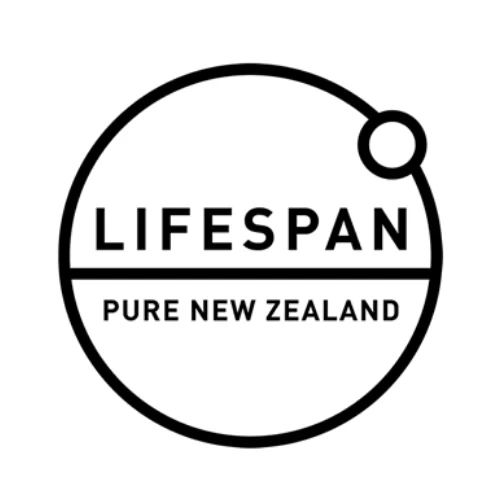
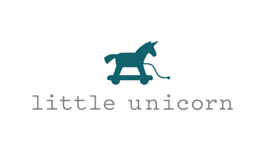
.jpeg)

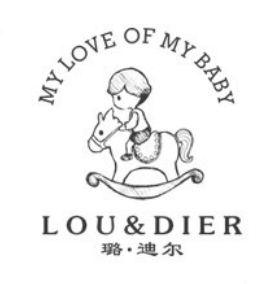
.jpeg)
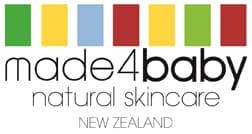
.jpeg)

.jpeg)

.jpeg)

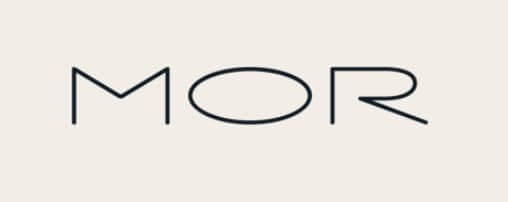
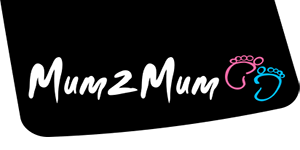



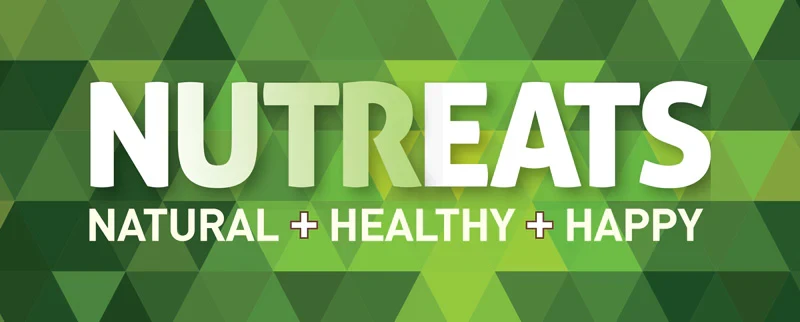
.jpeg)
.jpeg)
.jpeg)


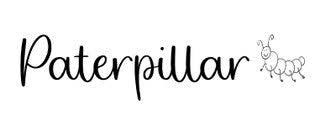


.jpeg)

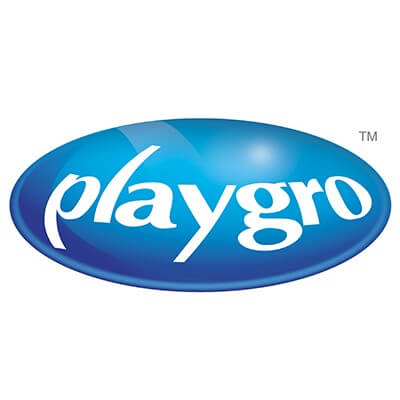

.jpeg)


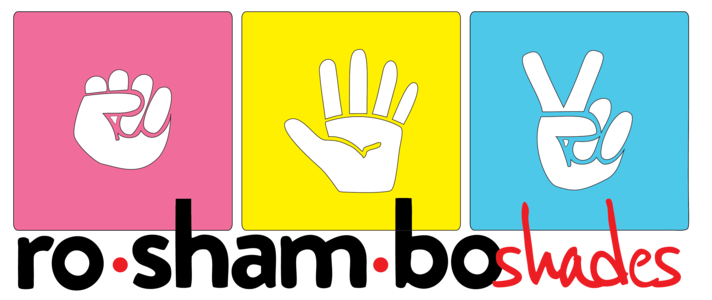

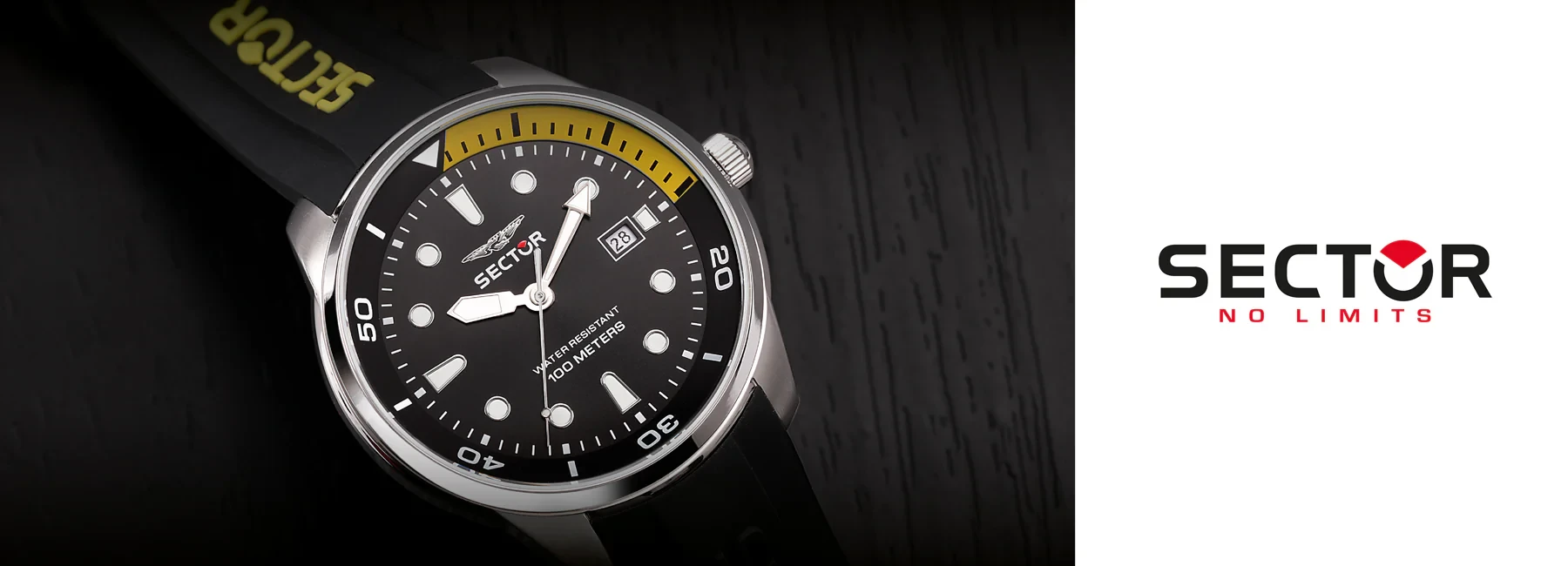
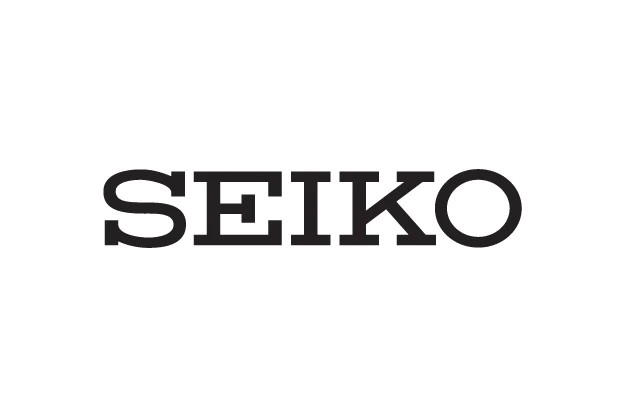
.jpg)
.jpeg)









.jpg)

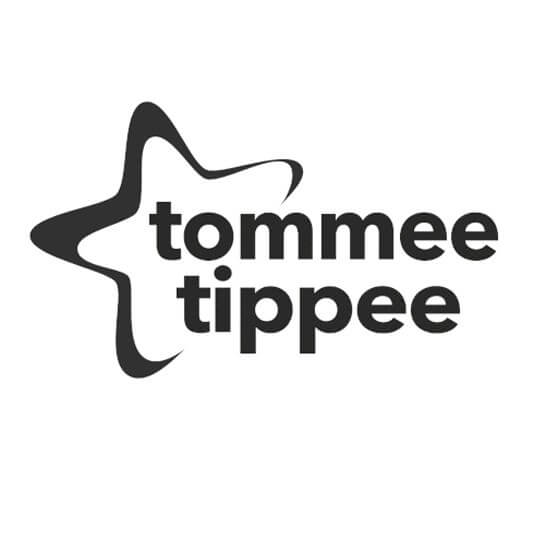
ulva-Logo.jpg)



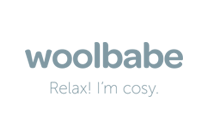
.jpeg)



.png)
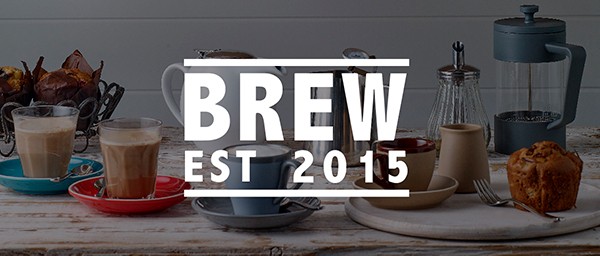
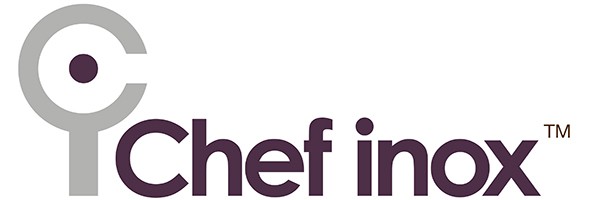
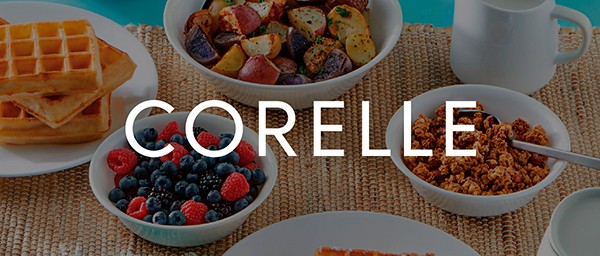
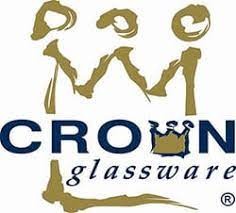
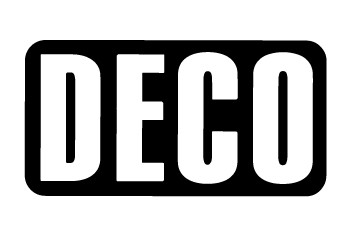

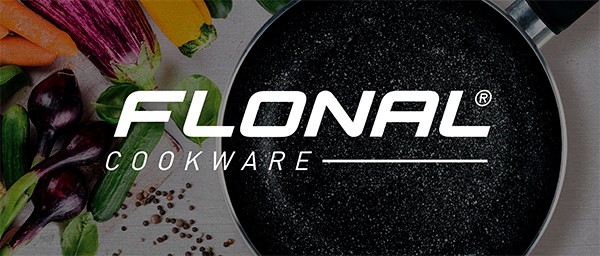
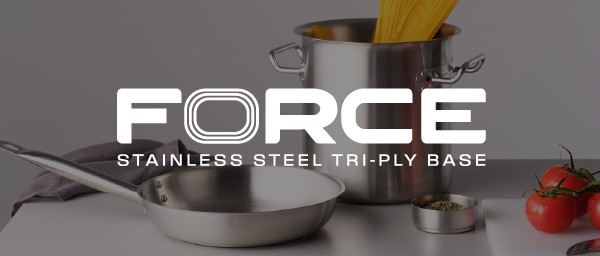
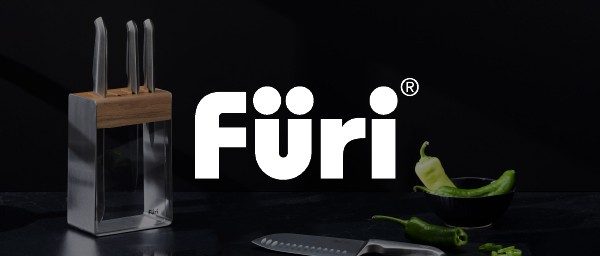
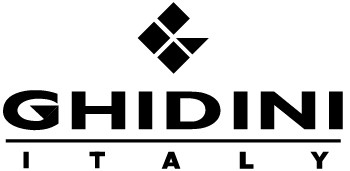
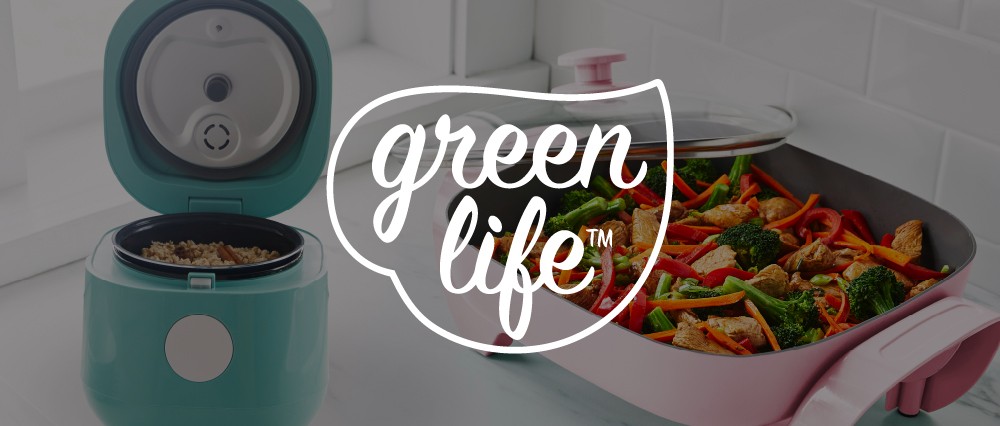

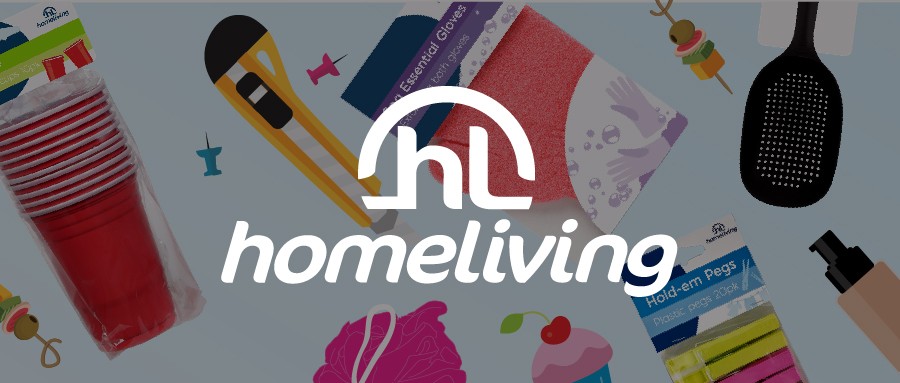
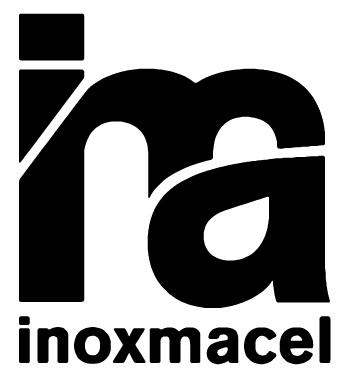
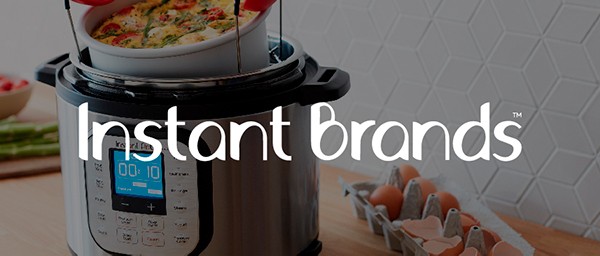
.png)
